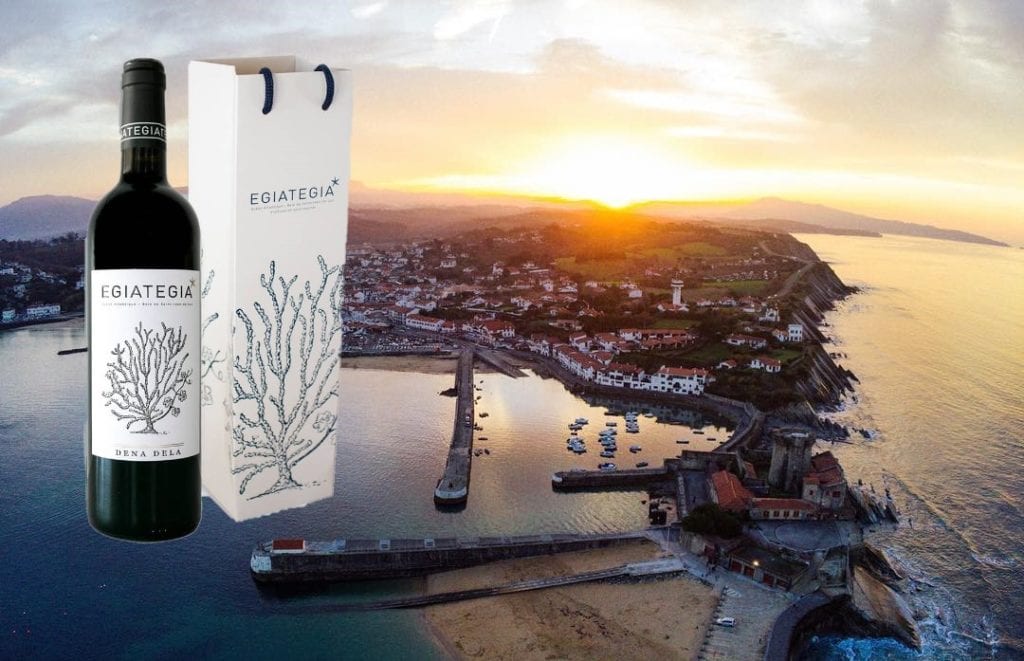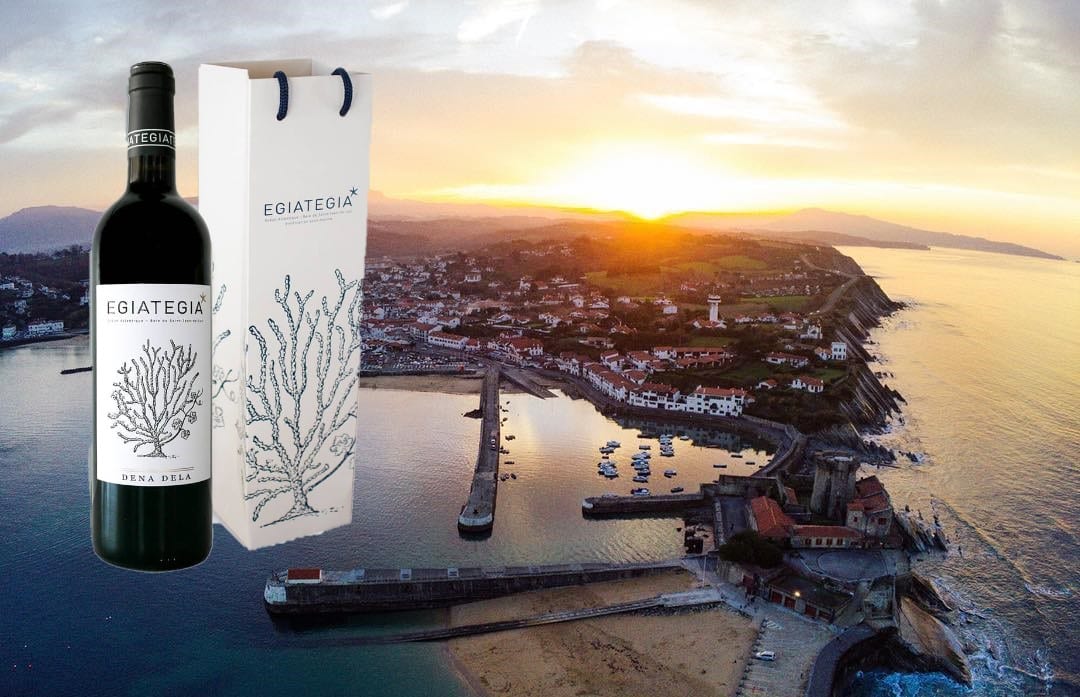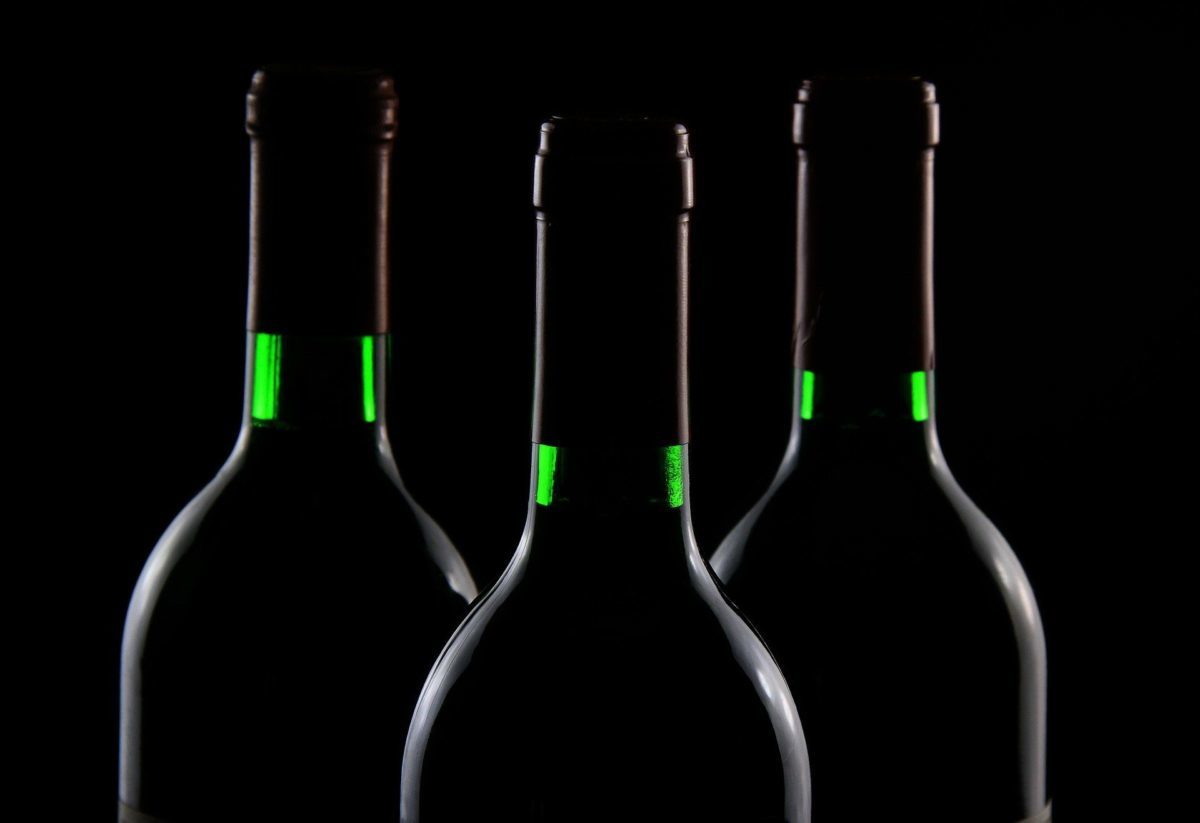Without being a novelty in a variety of countries, the wine aging under the sea, in case of strategy is different. This small French winery nestled in a beautiful coastal landscape of Ciboure (France), between the Basque coasts of Irún and Biarritz, is a pioneer in a second alcoholic fermentation about 15 meters deep. Get some broths from immersion with a surprising peculiarity. This is added to the wine already made on the mainland, in a dreamlike landscape that merges between the Gallic and Basque territories, between the mountains and the beach. Discover here with us this place so magic, but especially the bottles of ocean winemaking.
An enclave of geographical fusion
Those wineries that choose to take advantage of advantages of the sea When it comes to producing their wines, whatever the stage, they unite two environments - the aquatic and the terrestrial - that make them special. Because the cultivation of vineyards is merged into terroirs that already provide their singularity but there is also that own marine characteristic. In the case of strategy, That geographic fusion it occurs between two spectacular landscapes from a bird's eye view. One is the Basque cornice, specifically the mountainous area of Urrugne, on the road from the French commune of Hendaye to the Socoa beach. This last stop is where the facilities of the main winery are located.

Some old stables transformed into a wine cellar space are the house of this family that captains Emmanuel Poirmeur. This agronomist and oenologist with a long history working in other renowned wineries in France wanted to make exceptional wines. The idea came after walking through that area first and contemplating a terrain that reminded him of the wine-growing landscapes of Chile and Italy. There where sea, mountain and vine meet.
His intention to replicate the same in this region of the French Basque Country it was finally successful because the soil was suitable for cultivation and at 100 meters of altitude. This aspect is relevant because it prevents the particles of sea salt moved by the wind reach the vines at the same time that favors that iodized breeze coming from the sea. Also, the sun's rays are frequently projected on that mountain. The conditions were certainly very interesting.
See this post on Instagram
Winemaking on buoys
The postcard that you can view there, from the only 2 hectares of vineyards to the ocean, it's fascinating. As well as the subsequent winemaking process. This comes after the hand-picked of the grape bunches, a task in which their crushing is avoided and then the best ones are selected. With these the bottles of strategy on land, following the traditional method champagne. But the great differential moment is when the upbringing of those still wines, submerged under the sea in large buoys.
Although the amazing and novel is in a second alcoholic fermentation at a depth of 15 meters, in those same containers sunk at the bottom of the Bay of San Juan de la Luz. Why does Poirmeur choose this? According to his winery's website, the winemaker realized that "the physical parameters that are sought in this process of sparkling wine in vats are naturally present in the marine environment." Therefore, he decided to go directly to the sea in order to take advantage of the darkness, presión, thermal inertia and, above all, the agitation of the waters fruit of the tides.
See this post on Instagram
What effect does this fermentation have?
The effect after three or four months of immersion? Effervescent, bubbly. By also incorporating both sugars as yeast For ocean winemaking, both ingredients play a key role. Yes, they already play it in the traditional elaboration but "many times it is overlooked or unfairly neglected." Something that does not happen with this process and this favors the origin of the so-called «secondary aromas«.
He explains poirmeur, who clarifies that this consequence is not possible in a terrestrial environment and that this method is pioneer and extraordinary in Egiategia. In addition, the design of these tanks, "developed specifically to ensure that there is safety in the balance of pressures, also plays a role." Those that occur between the exterior (ocean) and interior (wine).
See this post on Instagram
The three Egiategia wines
The result is none other than a wine with differential aromatic profiles, with notes contributed by that aquatic environment. This original aspect adds to the characteristics of the grape varieties used to obtain up to three wines different in strategy: a red, a rosé and a white. However, they all resemble sparkling wines without filtering and with the least possible intervention. Erlaitza, Artha and Dena Dela They are the bottles that you can taste of different varieties of grapes. Unique wines of geographical and Franco-Basque fusions that we invite you to discover.







